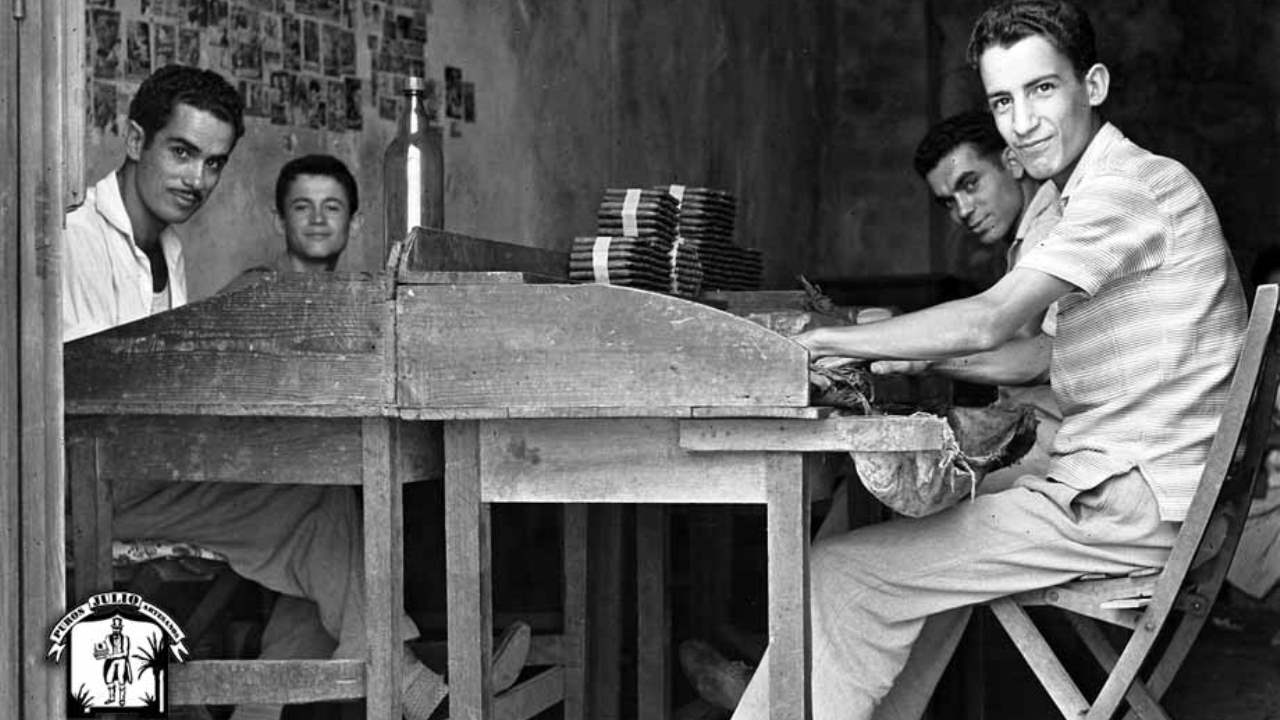The Nicotiana tabacum plant, the source of tobacco, originally thrived in the Andean highlands before spreading across the continent. It eventually made its way to the Caribbean between 2,500 and 3,000 years BC. Native populations in the Americas had early contact with tobacco and incorporated it into their cultures. Pre-Columbian sculptures and paintings even depict figures engaged in activities related to tobacco.
Spanish travelers documented encounters with Native Americans who smoked dried, rolled tobacco leaves in the Antilles, Florida, Mexico, and Brazil. They used leaf rolls or tube-shaped devices as pipes. In Mexico, indigenous people believed in its medicinal properties and used it in their ceremonies. However, with European colonization, tobacco’s cultural and ritual significance began to fade, giving way to more everyday use.


